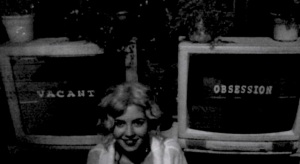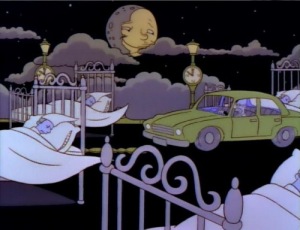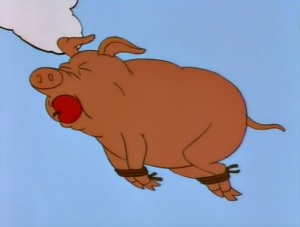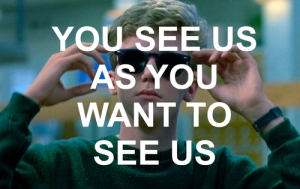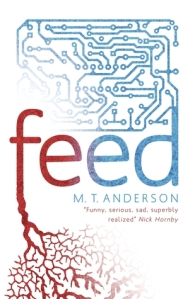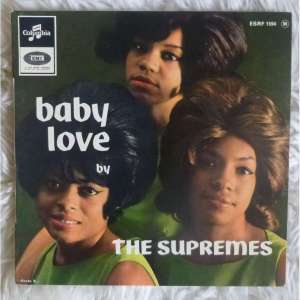Evelyn Perea
English I Honors
Mr. Pyzik
May 19, 2015
As humans, we have tendencies of constructing these realities in our minds that at times, only seem to accommodate our needs and desires; false hopes lead to disappointment and these are patterns we create subconsciously. With this idea of having constructed realities and being able to differentiate between what’s real and what’s unreal, one can relate this to certain texts. In the song “Modern Girl” by Sleater-Kinney and the poem “We Are Many” by Pablo Neruda there are several ideas and themes that relate back to the differences between reality and constructed realities and the ability to tell the difference.
It’s always possible for us to slowly and unknowingly situate these realities in our minds. For example, in the song “Modern Girl”, the singer says “My whole life looked like a picture of a sunny day.” The singer feels she cheated herself by believing she was living a happy life but in reality, she was empty. The songwriter used a really interesting word choice with “picture”. A picture isn’t reality. A picture can be interpreted and viewed in different ways. When you take a picture, you can stop time a certain moment and make your life seem a lot more glamorous than it really is. The “sunny day” part just adds this whole beauty aspect to it. A sunny day is flawless and ideal, which is how this picture portrayed her life. The life she has lived that she is comparing to a sunny day is constructed. Everything and everyone around her caused her to believe that her life is essentially “picture-perfect”. Deep down inside, she realized that her life was empty and that is the difference between reality and a constructed reality. The realization is necessary for someone to be able to distinguish between these two ideas. Once someone becomes aware that they have not been honest with themselves, they know and understand the distinction. Another line in the song that ties back to this idea is when the singer says, “TV brings me closer to the world.” The singer believes that the things she views on television has given her enough in her life to be able to sympathize with the rest of the world. She uses television as a way to link reality and a constructed reality. On TV, not everything we see is real. People always remind us to not believe everything we see on TV, but why? The media plays an important role in the way we view the world and ourselves. She has spent her whole life seeing TV as a reality, disregarding the falseness behind it and the absence of what the real world is like. Because she believes she can connect deeply to TV, real life no longer has any appeal. The things we view on TV are constructed. It’s a constructed reality because it’s controlled. The TV shows we see every day are not spontaneous, which is what real life really is. When we see it with our own eyes or when we feel it in our hearts, that’s when we know that something truly is real.
How we view ourselves may also affect the way we alter our realities. In the poem “We Are Many” by Pablo Neruda, he mentions, “I would like to be able to touch a bell and call up my true self, the true me.” He wants to be able to be who he really is, but he does not have the courage to do so. Neruda uses a great way of expressing this by comparing it to “touching a bell”. When you touch a bell, you alarm something or you awaken someone. It’s sudden, quick, and easy. He feels that he cannot do this by saying “I would like to…” He would like to, but he just cannot. He wants it to be an easy thing to do like touching a bell, but he knows that it isn’t. By calling up his “true self”, he’s becoming who he really is. His true self is who he is deep inside, regardless of any situation he is in. Neruda wants the ability, the strength, and the drive to be himself. Many people may think that it’s overreaction but in reality, it’s something everyone has difficulty with sometime in their life. His desire for his true self is also his desire for reality. A true self correlates with reality because in reality, there’s nothing to hide and nothing more than the truth. The constructed reality in this quote would be his incapacity to be true to himself. It’s the way he is and the way he acts when he does not realize he is being two-faced. He has already acknowledged that he is being mendacious which is how he is able to tell the difference. The truth would set him free, but he is not ready for it just yet. To further expand on this, Pablo Neruda incorporates works of fiction to express this idea. He says, “All the books I read/ lionize dazzling hero figures/brimming with self-assurance/I die with envy of them.” He idolizes these heroes in fiction books because they are everything he wants to become but can never be. Neruda has read fiction books in which there these heroes that seem to be perfect. The usage of the words “lionize” and “dazzling” adds almost superhuman traits to this person he is talking about from the book. These are traits he wants to possess. The word “brimming” makes it seem that this hero figure is overflowing with all of this self-assurance. The hero figure is confident, and Neruda is not. The most significant part of this quote is the envy he feels. He feels that he will die not being enough for himself and for the whole world. He envies these hero figures because as much as he would want to be like them, he can’t bring himself to ever be that way. What he does not realize is that these dazzling heroes are not reality. What he reads in these books are fiction, and that is the difference between reality and a constructed reality. People never seem to end the comparison between fiction and real life. There’s this never-ending desire to become quintessential in our society that if we do not reach that point, we do not feel real. His reality is not enough for him.
When we feel that our realities are not enough for our yearning, we become trapped in these constructed realities that seem to consume us whenever reality starts to show. Although, we don’t always realize this. Once we do, we become restless. These ideas can be expressed in two texts, the song “Modern Girl” by Sleater-Kinney and the poem “We Are Many” by Pablo Neruda. With this concept of constructed realities and realities, one can view the differences between the two and be able to convey a deeper meaning through society and ourselves.


